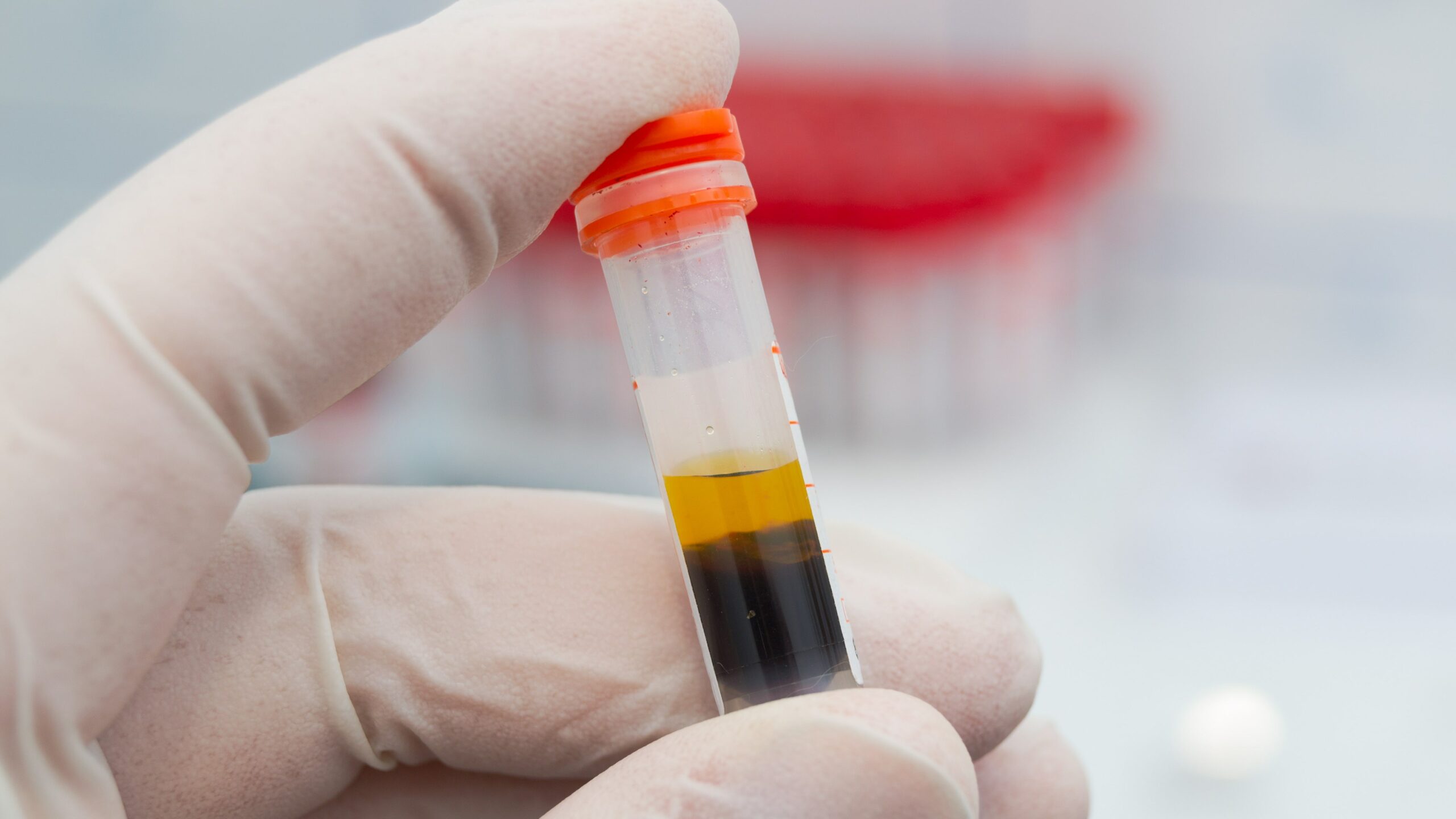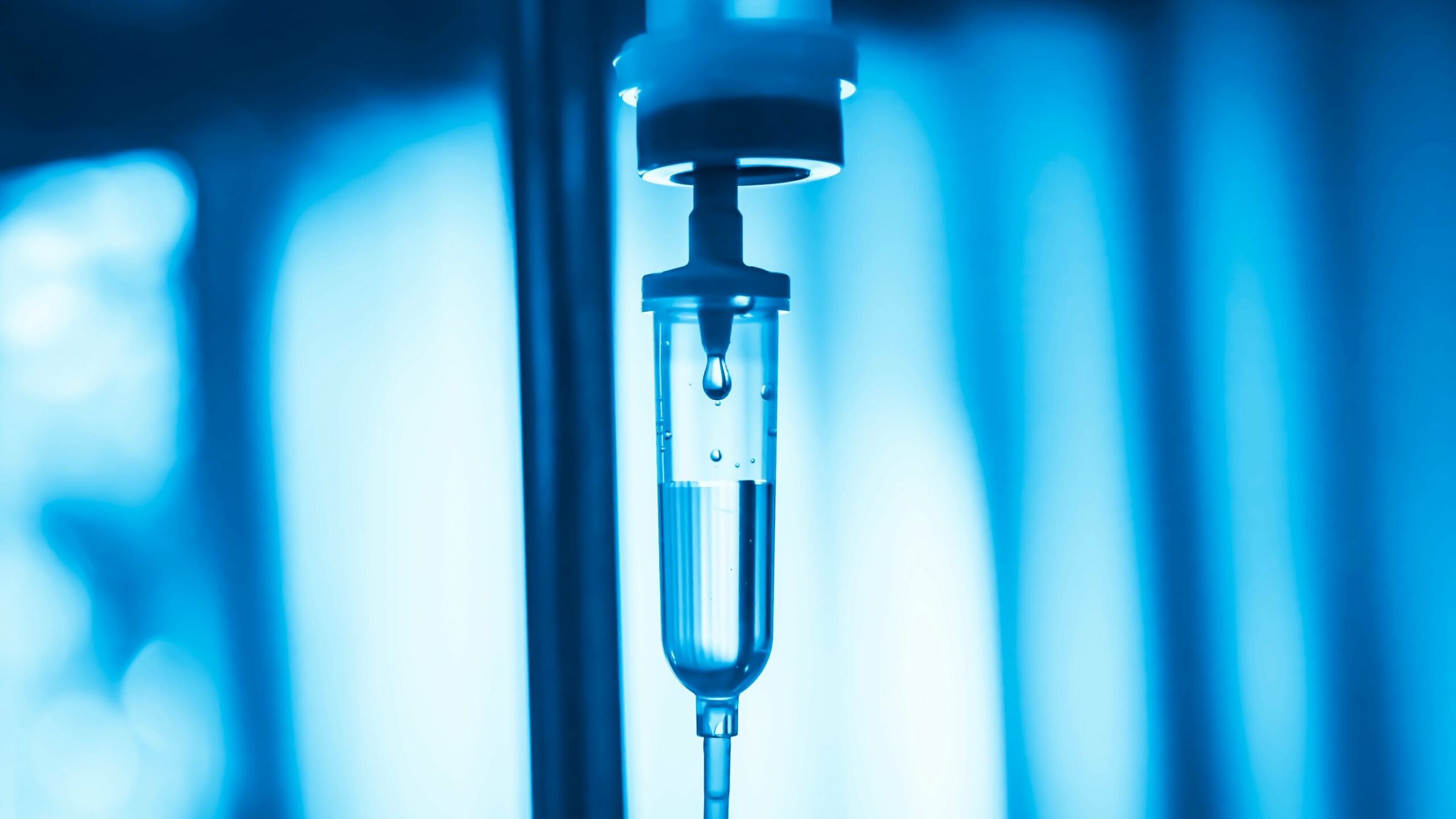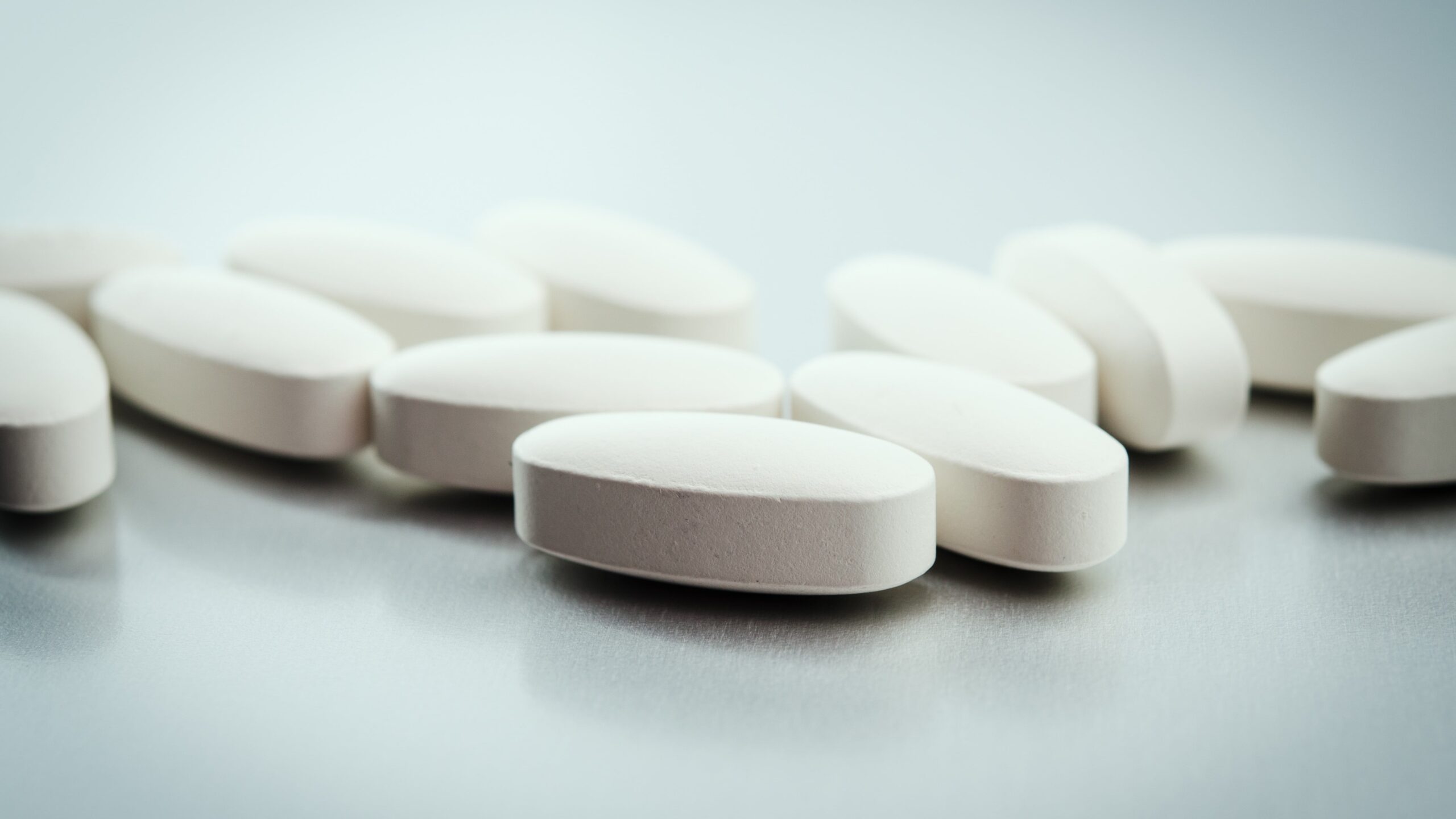
Fluid restriction is the accepted first-line treatment for syndrome of inappropriate antidiuresis (SIAD). Nevertheless, no clear consensus exists among guidelines regarding second-line treatment. Pajaree Krisanapan, MD, and colleagues at Thammasat University Hospital, Khlong Nueng, Pathum Thani, Thailand, recently conducted a study designed to examine whether tolvaptan is more effective than fluid restriction combined with furosemide and sodium chloride tablets for patients with SIAD likely to fail with fluid restriction alone.
Results of the 28-day single-center, open-label, randomized controlled trial were reported during a poster session at ASN Kidney Week 2024. The poster was titled Efficacy of Low-Dosage Tolvaptan for Treatment of Profound Hyponatremia in Syndrome of Inappropriate Antidiuresis: An Open-Label Randomized Controlled Trial.
The study population included 29 patients with hypernatremia, defined as sodium concentration ≤125 mmol/L, with signs of failure with fluid retention therapy in SIAD. The primary endpoint of interest was change in serum sodium concentration from baseline to day four.
Study protocol was registered on thaiclinicaltrial.gov (TCTR20210628004). Study participants were randomly assigned to one of two groups: the tolvaptan group (tolvaptan 7.5 mg/day; n=13) or the control group (fluid retention of 800 ml/day, furosemide 20-40 mg/day, and sodium chloride 3 g/day; n=16). In both groups, baseline average serum sodium concentration was 120 mmol/L.
Among patients in the tolvaptan group, there was a significant increase in the change in mean serum sodium concentration compared to those in the control group (12.2 mmol/L vs 6.3 mmol/L, respectively; P=.004). At days seven and 14, the notable difference remained; the difference did not remain at day 28.
At day four, 76.9% of patients in the tolvaptan group achieved serum sodium concentration level ≥130 mmol/L compared to 25% of those in the control group (P=.009). In the tolvaptan group, the median time to restore serum sodium concentration to ≥130 mmol/L was 2 days; in the control group, the median time was 14 days (P=.059).
In measures of safety, there were fewer cases of hypokalemia in the tolvaptan group than in the control group (P=.044). Three patients in the tolvaptan group developed sodium overcorrection (did not reach statistical significance).
In conclusion, the authors said, “In profound SIAD with clinical features suggesting failure with fluid restriction alone, tolvaptan significantly increased serum sodium concentration without causing significant sodium overcorrection.”
Source: Krisanapan P, Chinpraditsuk S, Jaiyen N, Tantiyavarong T, Pattharanitima P. Efficacy of low-dosage tolvaptan for treatment of profound hyponatremia in syndrome of inappropriate antidiuresis: an open-label randomized controlled trial. TH-PO324. Abstract of a poster presented at the American Society of Nephrology Kidney Week 2024; October 24, 2024; San Diego, California.







 © 2025 Mashup Media, LLC, a Formedics Property. All Rights Reserved.
© 2025 Mashup Media, LLC, a Formedics Property. All Rights Reserved.